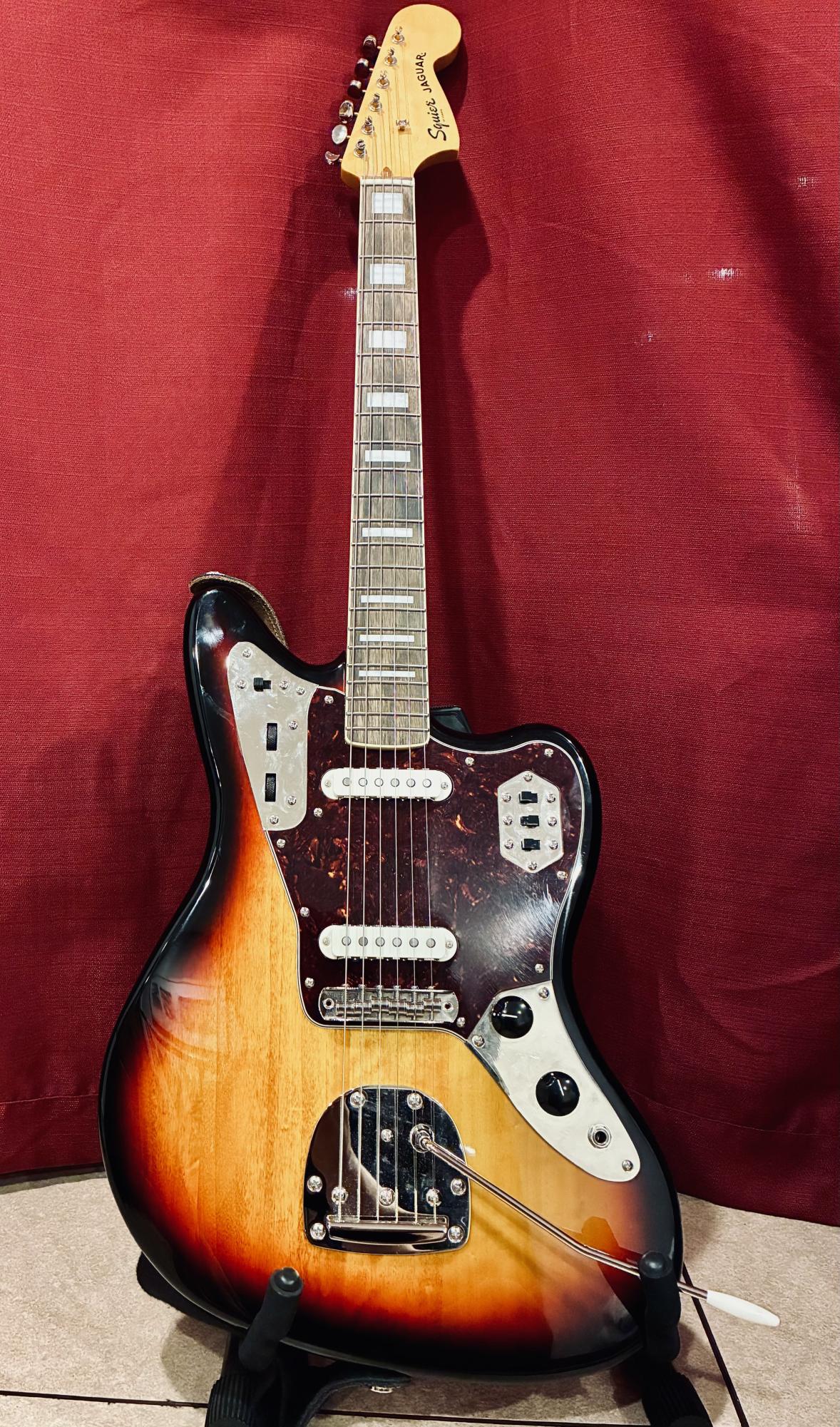The Right to Bare Arms? Student Input Needed on Dress Code
February 17, 2022
Most students already struggle with figuring out what to wear when getting ready in the morning. The dress code should be the last thing they have on their mind while trying to decide.
We all know the cliches of not showing your shoulders and shorts being too short, but the dress code has more to it than that. You can’t wear things with inappropriate words or logos on them. You cannot show too much skin (which really only applies to the girls, as does the majority of the dress code). And you cannot wear clothes with certain cutouts, also falling under the category of showing too much skin. Who comes up with the dress codes from each school? Certainly not the students. The dress code directly affects what the students are allowed to wear while in school. Though the school has valid points of why the dress code is created, why are the students not involved? It is the students who are being told they can’t wear certain things. It is the student’s bodies in which they choose what they want to wear, so why can’t they be part of determining the dress code at their school? Students should be included in deciding the dress code.
In an article titled School Dress Codes: When Do They Go Too Far?, Lauren Farrar points out that most dress codes only really apply to girls “since most of the items that are banned are items that women would wear, like certain types of skirts and tops.” Many dress codes are also unfair because they target certain body types. For example, girls with larger breasts would typically get dress coded for wearing a shirt that shows “just a bit too much” whereas a girl with breasts on the smaller side wearing the same shirt is less likely to be dress coded.
Farrar explains that “more developed women or heavier women are punished more frequently compared to less developed or thinner women.”
Dress codes vary from school to school. Not every school has the same dress code. But have any of these schools really considered the students’ opinions on the dress codes?
Another concern is that dress codes can send the wrong message to young women and girls and can contribute to sexualizing young women. In an article titled, The Sexualized Messages Dress Codes are Sending to Students Amber Thomas claims that dress codes give the message that certain body parts, “should be hidden, or are important to others. At worst, dress codes go so far as to turn whole people into a collection of inappropriate body parts to cover.”
In the same article, a chart is provided to show out of 481 schools, which body parts are banned from being visible. With a whopping 71%, the midsection surprisingly takes first place.
“I was expecting something like genitals to be number one, but only 6 schools (1%) explicitly ban them.” Thomas states.
Only 6 schools out of 481 specifically ban genitals from being visible, but out of those same 481 schools, 71% most commonly ban the midsection (midriff). This shows even more that students should be involved in the decision making. Of all parts of the body to be banned from being visible, the midsection. Why?
Obviously, the student body should be involved in and considered when creating a dress code for a school. This could help to avoid students being sexualized and young women from being unfairly targeted for what they choose to wear.

















